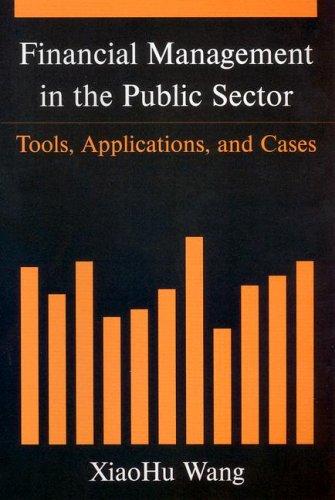Question
Answer the following questions from Nokia: 1. Shareholder Concerns a. Voting Structure (0.5 mark): If it is a publicly traded firm, look at whether the
Answer the following questions from Nokia:
1. Shareholder Concerns
a. Voting Structure (0.5 mark): If it is a publicly traded firm, look at whether the firm has multiple classes of shares and if so, whether they have different voting rights. If the government is an investor, check to see whether it has veto powers (golden shares) over key decisions.
b. Ownership structure (1.5 marks): Start by looking at proportions of the outstanding stock held by institutions, insiders and individuals. This data is generally available in public sources, in most countries.
- How many stockholders does the company have?
- What percent of the stock is held by institutional investors?
- Does the company have listings in foreign markets? (If you can, estimate the percent of the stock held by non-domestic investors)
- Who are the insiders in this company? (Besides the managers and directors, anyone with more than 5% is treated as an insider)
- What role do the insiders play in running the company?
- What percent of the stock is held by insiders in the company?
- What percent of the stock is held by employees overall? (Include the holdings by employee pension plans)
- Have insiders been buying or selling stock in this company in the most recent year?
c. Top shareholders (1.5 mark): Look at the top ten to twenty holders of the companys shares. In addition to checking to see how many are institutions, look for the presence of founders and activist investors on the list. (You are trying to see if these stockholders will be willing to stand and contest management, if they feel that their value is being put at risk.)
d. CEO and top management (1.5 mark): Look at the background of the CEO and examine how he or she got to the position. In particular, check for tenure (how long he or she been CE)), whether the CEO came up through the ranks or from another organization, his/her age and connections to the ownership of the company. If you can, ask the same questions about the rest of the top management team.
- Who is the CEO of the company? How long has he or she been CEO?
- If it is a family run company, is the CEO part of the family? If not, what career path did the CEO take to get to the top? (Did he or she come from within the organization or from outside?)
- How much did the CEO make last year? What form did the compensation take? (Break down by salary, bonus and option components)
- How much stock and options in the company does the CEO own?
e. Board of Directors (1.5 mark): evaluate whether there is evidence that the board is willing to stand up to management
- Who is on the board of directors of the company? How long have they served as directors?
- How many of the directors are insider directors? (i.e. employees or managers of the company)
- How many of the directors have other connections to the firm (as suppliers, clients, customers..)?
- How many of the directors are CEOs of other companies?
- Do any of the directors have large stockholdings or represent those who do?
f. Compensation Structure (1 mark): Find out how much the CEO/top managers were paid in recent periods and in what form (cash, restricted stock, options) and how these payments relate to company performance over the same periods (both in terms of accounting profits and stock prices).
Step by Step Solution
There are 3 Steps involved in it
Step: 1

Get Instant Access to Expert-Tailored Solutions
See step-by-step solutions with expert insights and AI powered tools for academic success
Step: 2

Step: 3

Ace Your Homework with AI
Get the answers you need in no time with our AI-driven, step-by-step assistance
Get Started


